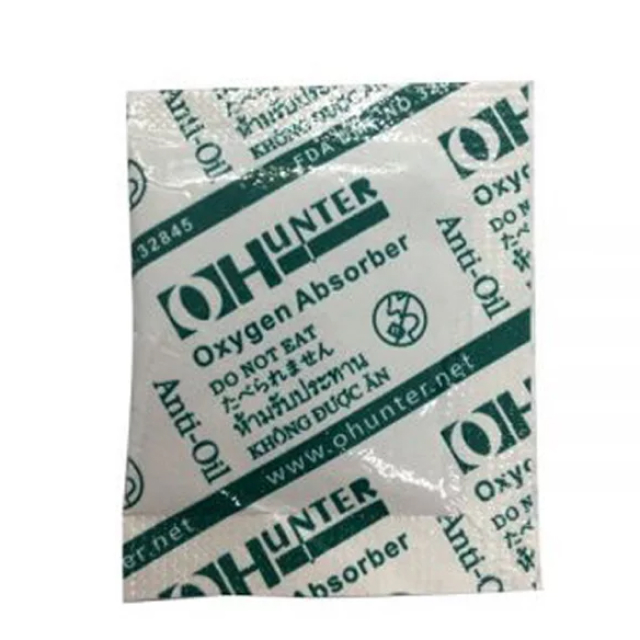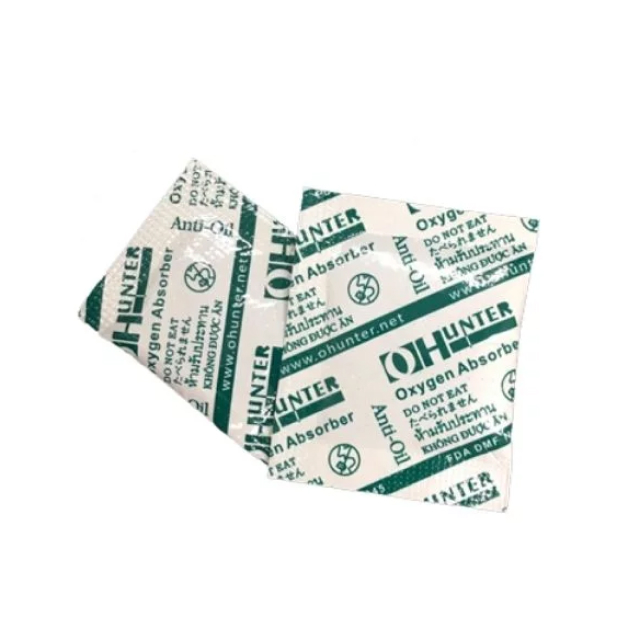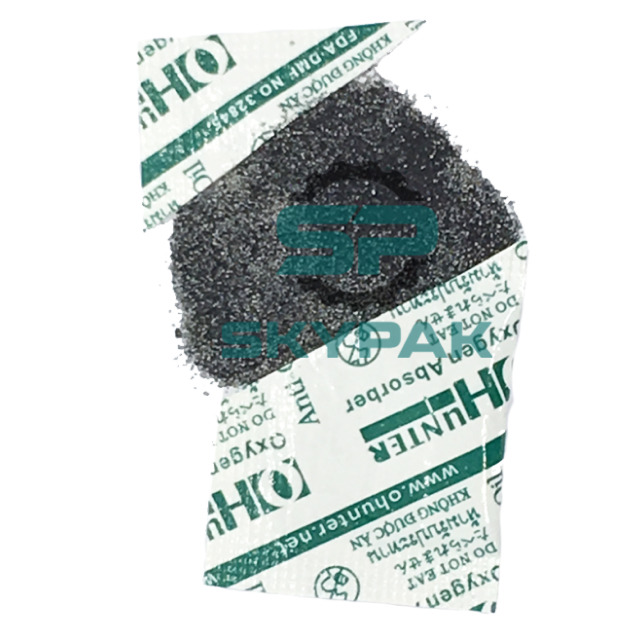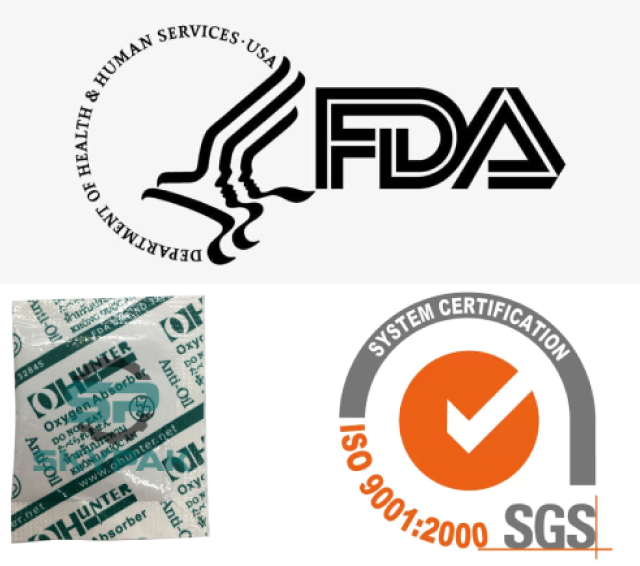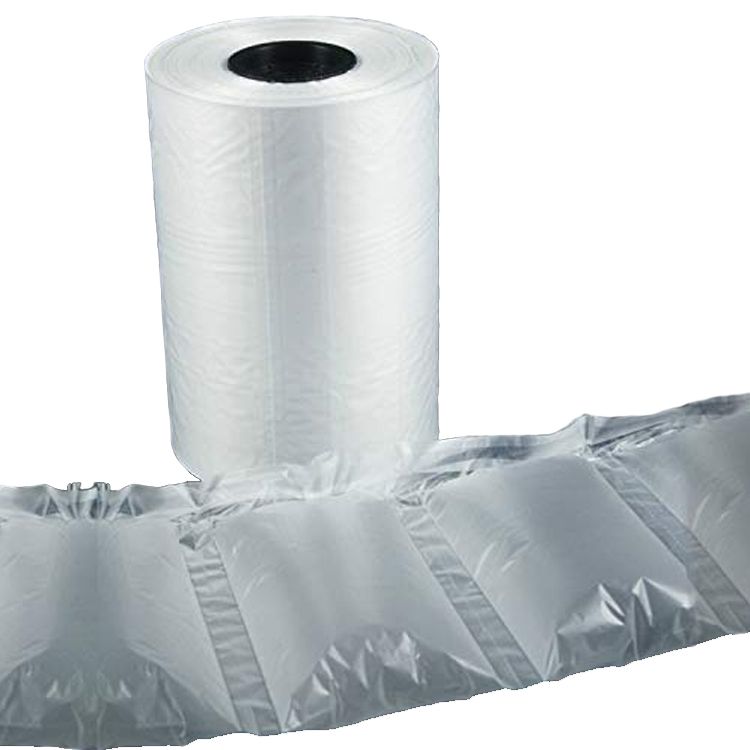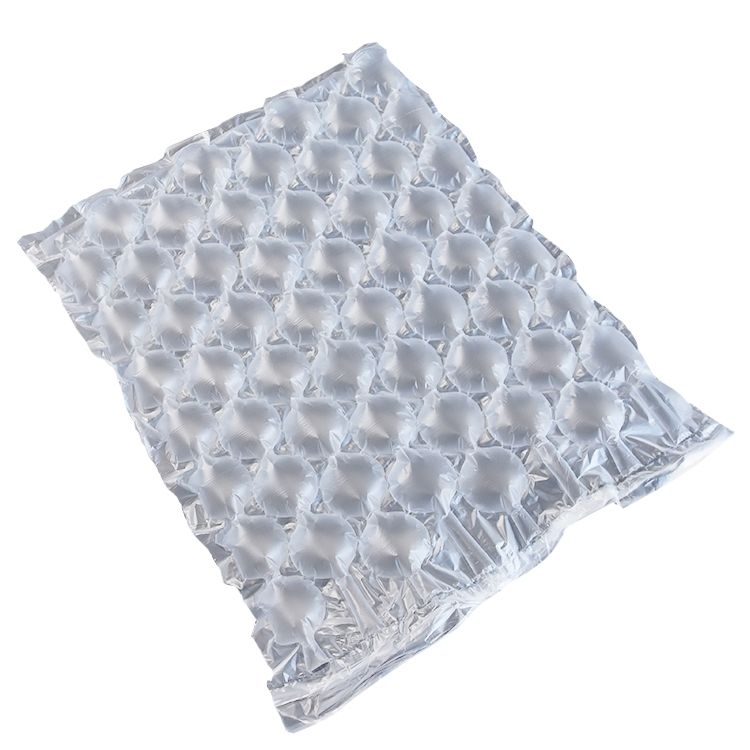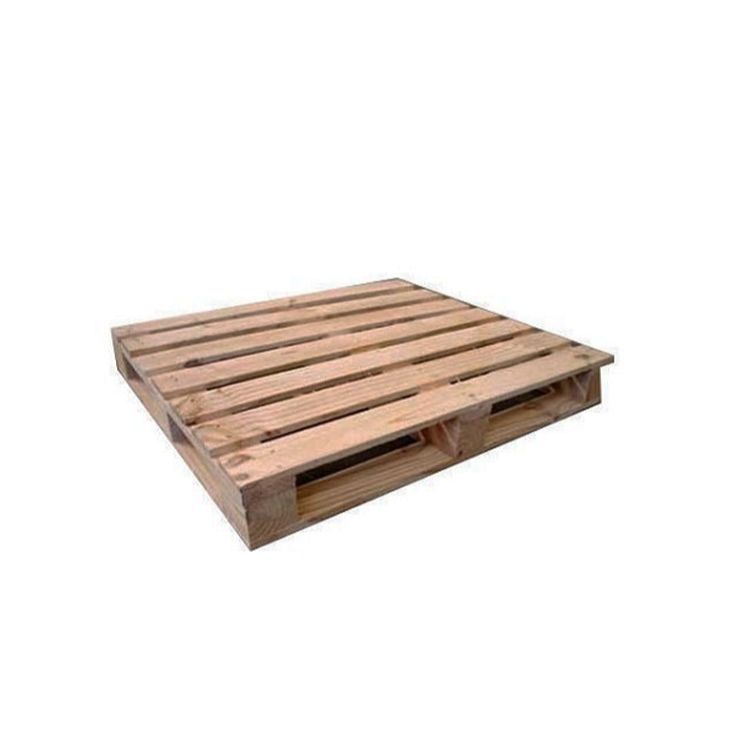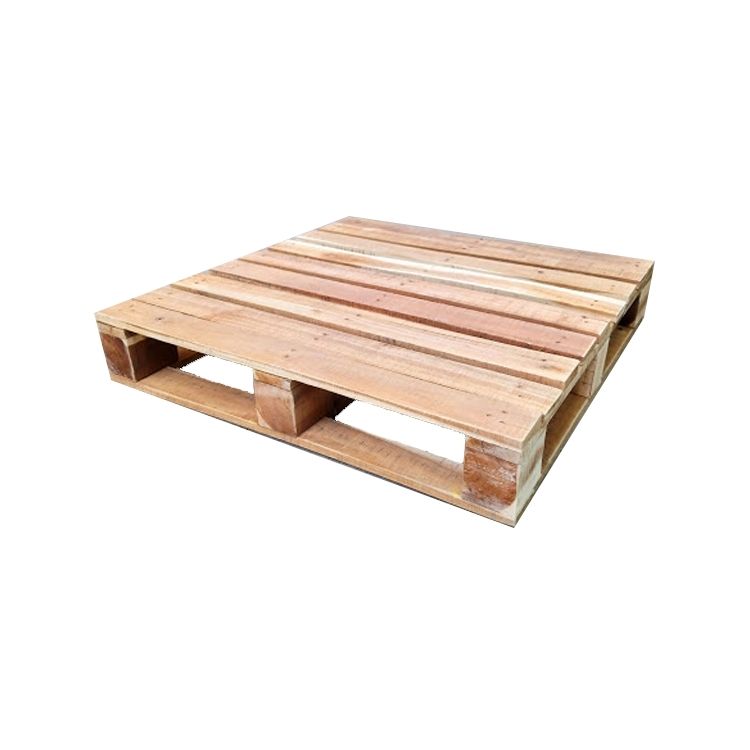Just over 50 years ago, plastic strapping began to emerge as an alternative to steel straps. It is now one of the most commonly used methods for packaging products and pallets, especially in the construction industry. But there are different types of straps, have you used them properly to ensure the safety of your products? In this article, we’ll share some top 4 tips for strapping your products securely.
4 tips for using plastic strapping safely
1. Choose the right type of plastic strapping
Make sure you are choosing the correct strapping material for your load first. The available strapping materials all have different properties in terms of elasticity, tensile strength, rebound elongation, shear force, and retained tension. This means that you need to make sure that the straps you choose are strong enough to hold your product securely.
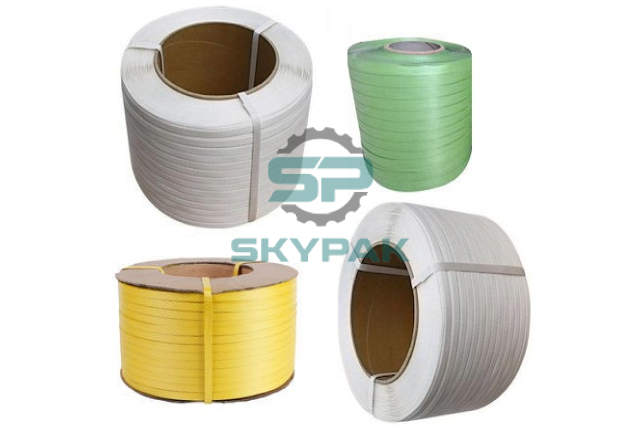
Composite Straps: This is the best of the 3 plastic straps for heavy loads as the high tensile strength of the composite straps will ensure that your loads are secure. Composite straps are a great alternative to steel straps because they have the same strength but are lighter than steel. It is commonly used to bind materials such as wood, building materials, and industrial equipment. It is also resistant to changes in temperature, exposure to moisture, and UV rays. Therefore, it is the best choice for loads exposed to these elements.
PET straps: The strength of PET straps is second only to composite straps. They are extremely safe cargo belt materials to work with because the belts are lightweight, have no iron edges, and are more resistant to moisture and corrosion. PET straps are also highly elastic and provide good tension thus ensuring package integrity.
PP Straps: It is the lightest and cheapest of the 3 types of plastic straps. This belt is mainly used for light to medium-duty applications such as cartooning, paper packing, or light shipping applications. PP belts are easy to use and flexible, but their elasticity and elasticity are quite low compared to the other two types of straps.
2. Properly tension loads with the right strapping tools
Straps are used to apply tension to loads to keep them in place. However, you won’t be able to hold your load securely if you don’t choose the correct strapping method and use the right tools for the aforementioned strapping. All strapping materials have different elongation, rebound, and tension properties, and these properties will make all the difference to the amount of tension required when applying the belt.
When strapping your product, it’s important to remember that all straps will stretch a bit after tensioning, but at the same time, you don’t want the straps to be overstretched, which can lead to the risk of product damage. products and their cartons. Fortunately, this can easily be avoided by making sure to use the correct strapping tool for the type of cargo strap, whether it’s composite, PET, or PP strapping.
3. Consider a strapping device
The strapping tool will make your strapping operation much easier than manual strapping. Not only do they reduce the risk of worker fatigue, but they also ensure application consistency, which means there’s a better chance your load is properly secured. By using strapping equipment, you will also reduce the number of straps you use because the strapping equipment is cut to the exact size, which will ultimately lead to cost reductions.
The strapping device includes: a straps buckle and belt tensioner (See instructions on how to use the belt tensioner here: https://www.youtube.com/watch?v=PyzJex-Q8e8&t=30s )
4. Use an edge protector
As you may know, strapping can distort or damage cartons and products if it is not applied properly. This can be avoided by using extra spacers in the belt-tightening position. Another tip when strapping with impact-prone or fragile products is to consider using a belt with less tension instead of using a lesser number of high-strength straps under tension.
What industries are using plastic strapping
Plastic strapping can be used in a wide variety of applications. Below is a list of some of the applications used with nylon straps.
- Wood and wood products
- Paper industry
- Printing and publishing industries
- Plastic Pipe
- Manufacture of doors, frames, molds, and metal decorations
- Commercial equipment
- Furniture industry…
Plastic strapping are good and effective for any industry if you know how to choose the right type of belt and use it correctly. If you need any other information about plastic strapping: composite strapping, PET strapping, or PP strapping, please contact us.











